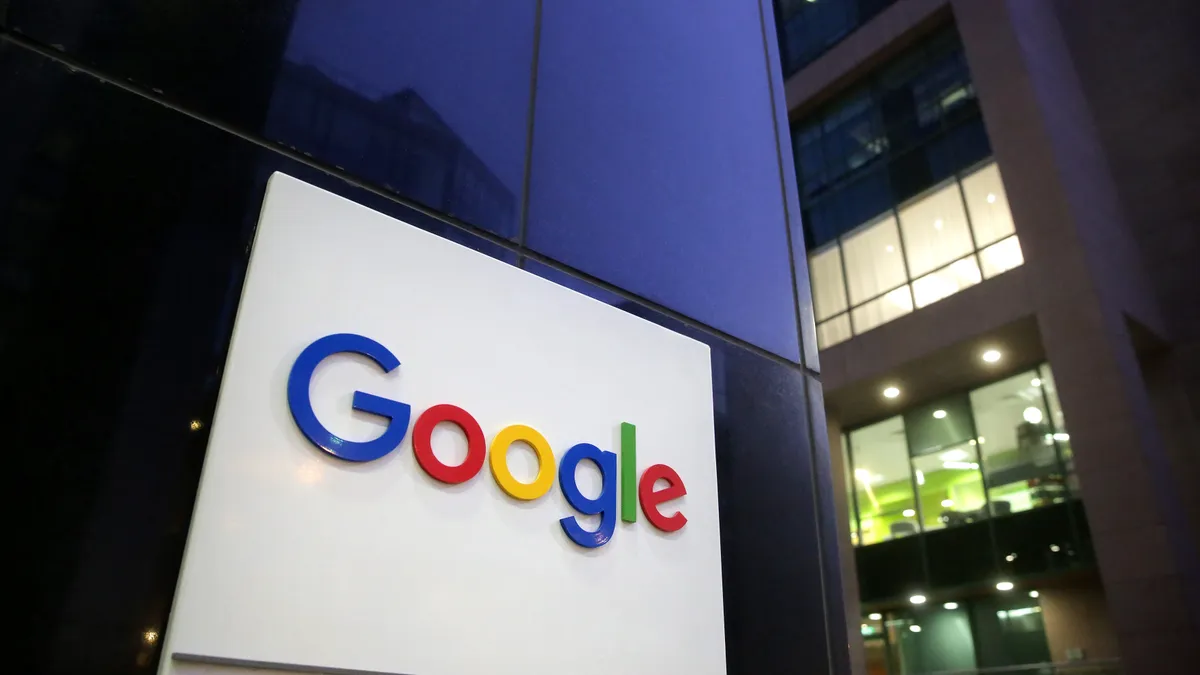Dive Brief:
- Google launched the Google News Initiative, an effort to help journalism thrive in the digital age by improving its quality, evolving business models to drive growth and empowering news organizations through technology, per a company blog post. Google said it's committing more than $300 million over the next three years toward meeting its goals and building stronger news products.
- As part of the effort, Google has introduced First Draft and Disinfo Lab to fight the spread of misinformation and disinformation. The company is also rolling out a program called MediaWise that looks to improve information literacy among young people in partnership with the Poynter Institute, Stanford University and the Local Media Association.
- Google will help publishers expand their revenue streams through a tool called Subscribe with Google, which helps people more easily subscribe to news outlets and allows publishers to reach wider audiences. A new dashboard in Google Analytics called News Consumer Insights will additionally assist news organizations in understanding and segmenting their audiences through a subscription strategy. Early results from News Consumer Insights led to a 150% increase in page views for the St. Louis Post-Dispatch's Subscribe pages and helped the newspaper triple its month-over-month new digital subscriptions.
Dive Insight:
Google's new initiative to support publishers arrives as a response to growing concerns around the prevalence of misinformation, or "fake news," online and also increasing scrutiny over the role major digital platforms like Google and Facebook play in spreading it. The tech giant has launched several other tools to assist reporters and news organizations over the past couple of years. Its Accelerated Mobile Pages Project aims to improve mobile news consumptions as people more frequently turn to their smartphones to stay informed, for example. Google also has Google News Lab to train newsrooms on its research tools and forge editorial partnerships.
Researchers from MIT found that false claims were 70% more likely to be shared on Twitter than the truth, and true stories were rarely retweeted by more than 1,000 people, according to a recent report by The New York Times. It also takes accurate stories an average of 6x as long to reach 1,500 people as false stories, the research said.
Quality journalism is still in demand, but traditional media organizations are facing years of declining advertising revenues and subscription numbers. Daily newspaper circulation both print and digital dropped 8% in 2016 — the 28th consecutive year of decline — according to data from Pew Research Center. Global spending on newspaper ads has also been in decline, and was expected to have dropped 8.7% in 2016, according to WPP-owned GroupM.














